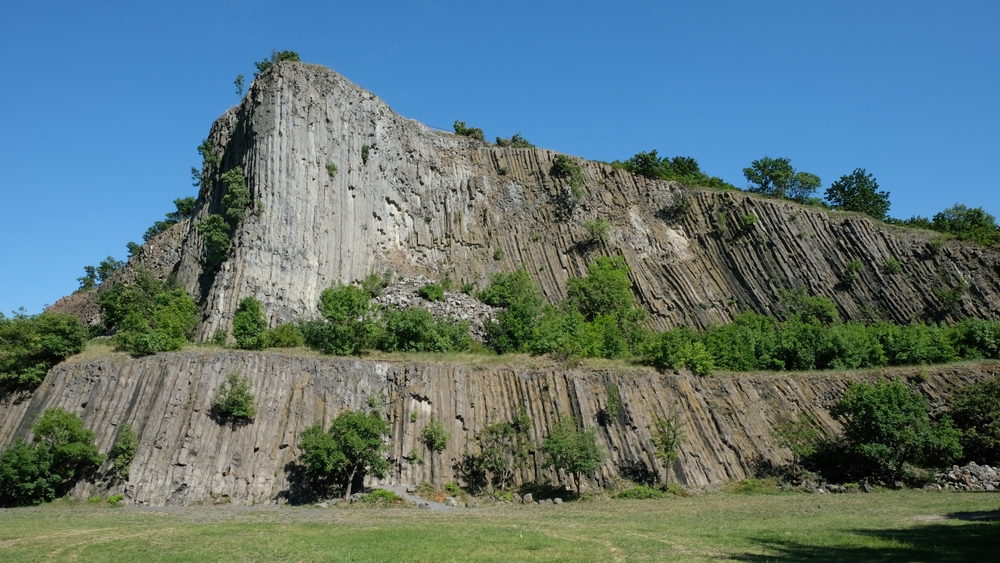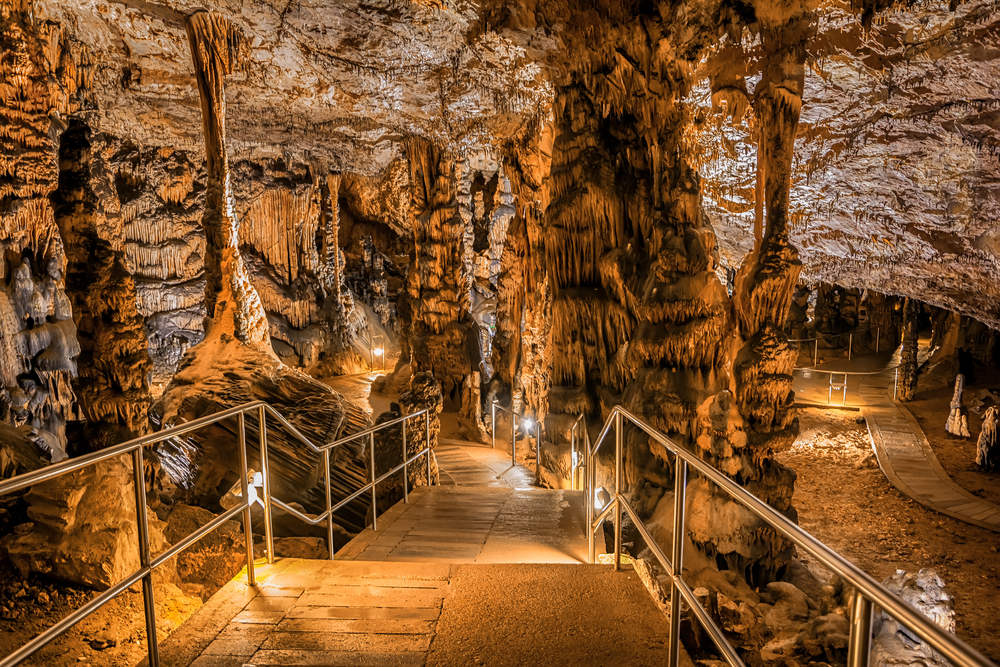Balaton Uplands Overview
Balaton Uplands National Park, known locally as Balaton-felvidéki Nemzeti Park, is a protected area in western Hungary, covering approximately 231 square miles (596 square kilometers).
Established in 1997, the park encompasses a diverse landscape of rolling hills, volcanic formations, karst terrains, wetlands, and extensive forests surrounding Lake Balaton, the largest lake in Central Europe. The park stretches across the northern shore of the lake, featuring remarkable geological formations such as the basalt columns of the Badacsony Mountain, the cone-shaped hills of the Tapolca Basin, and the limestone plateaus of the Káli Basin.
Other notable natural features include the Tihany Peninsula, home to one of Hungary’s most iconic landscapes, where ancient volcanic activity has left behind stunning cliffs, geyser cones, and the well-known Echo Hill. The park’s wetlands, particularly in the Kis-Balaton area, support rich biodiversity and are a crucial habitat for migratory birds.
The diverse terrain supports a variety of vegetation, ranging from oak and beech forests in the uplands to Mediterranean-like shrublands and vineyards that thrive on the volcanic soil. The Káli Basin, often referred to as the “Hungarian Tuscany,” features flower-filled meadows, rock fields, and picturesque villages.
The Csobánc and Szent György-hegy mountains add to the scenic beauty, with their unique basalt columns formed by ancient lava flows. The Tihany Peninsula, a designated nature reserve, is covered with aromatic lavender fields and features rare steppe-like vegetation.
Balaton Uplands National Park is home to a diverse array of wildlife, including mammals such as red deer, roe deer, wild boar, and foxes. The park’s caves and rocky outcrops provide shelter for bat species, including the greater mouse-eared bat.
Birdwatchers can observe white-tailed eagles, peregrine falcons, and the rare black stork. The Kis-Balaton wetland is one of the most significant bird habitats in Central Europe, attracting species such as great egrets, purple herons, and spoonbills. Amphibians and reptiles, including fire salamanders and European pond turtles, thrive in the park’s numerous lakes and streams.
One of the park’s most visited attractions is the Tihany Peninsula, where visitors can explore the Benedictine Abbey, enjoy panoramic views of Lake Balaton, and experience the famous echo at Echo Hill. The Tapolca Lake Cave, an underground water-filled cave system, offers a unique opportunity for boat tours beneath the town of Tapolca.
The Hegyestű Geological Visitor Site showcases a well-preserved basalt quarry, offering insights into the region’s volcanic history. Hikers and cyclists can explore numerous trails leading through vineyards, forests, and geological wonders, while rock climbers find challenges on the basalt formations of Szent György-hegy.
Balaton Uplands National Park faces conservation challenges, particularly due to tourism pressure and urban development along Lake Balaton. Efforts to manage sustainable tourism have been implemented, including designated nature trails and visitor centers to educate the public about ecological protection.
The Kis-Balaton wetland restoration project has been a conservation success, improving water quality and providing an essential sanctuary for birdlife. Ongoing efforts include habitat restoration, wildlife monitoring, and promoting traditional land-use practices to preserve the region’s unique cultural and natural heritage.











































































